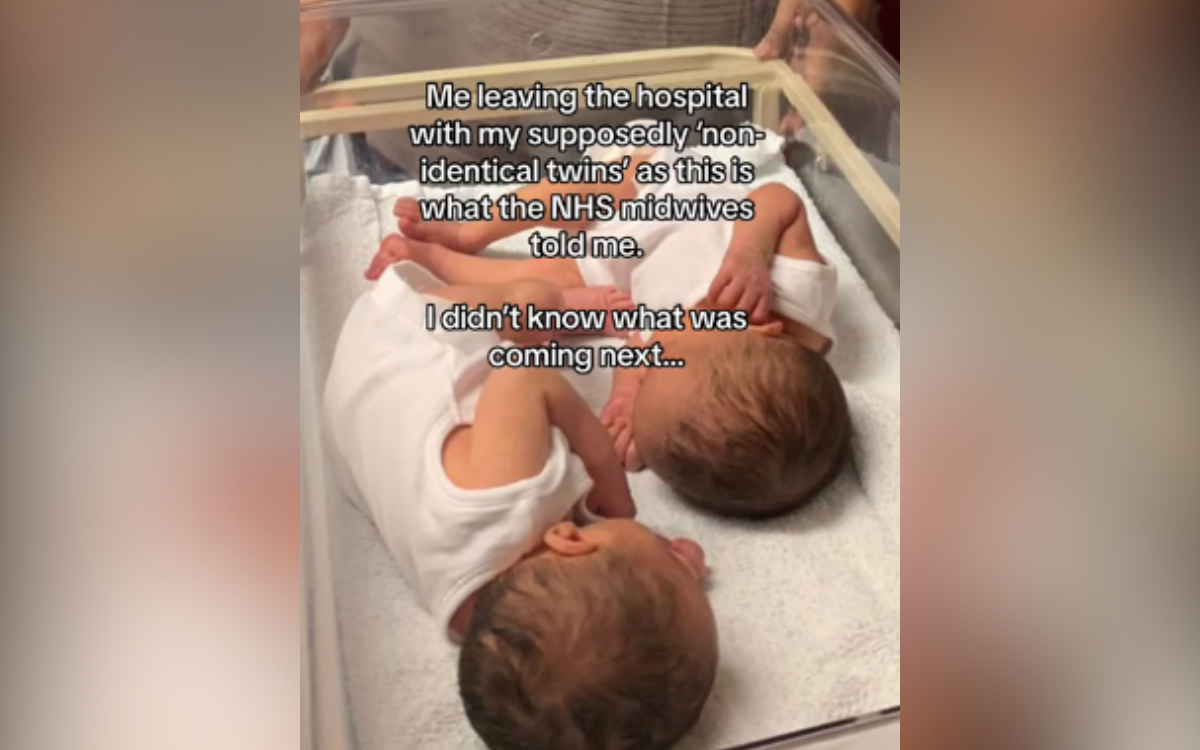Charlotte Hassan, a London mother of twins, was taken aback when a DNA test validated her long-held suspicion about her sons’ identities. She often felt uneasy during her pregnancy, despite being repeatedly informed that Roman and Theo were fraternal. Their striking similarities led her to seek the truth.
Initially, Charlotte suspected she was having twins due to unusually high levels on her pregnancy test. After an early scan confirmed the presence of two sacs, medical professionals assured her they were fraternal twins, as each had their own placenta. Throughout her pregnancy, this belief was reinforced.
When her boys arrived healthy and happy, their likenesses didn’t fade. Family and friends frequently mixed them up, prompting Charlotte to take an Ancestry DNA test out of curiosity. To her surprise, the results indicated that Roman and Theo were actually identical twins, sharing an astonishing 99.9% of their DNA.
Feeling shocked, Charlotte decided to run another DNA test, which confirmed the first result. How could she have been misinformed? Dr. Kassie Bollig, a reproductive endocrinologist, explained that occasionally, a single fertilized egg can split into identical twins, and factors such as the timing of the division can influence the number of placentas and sacs present.
If the split occurs within the first four days, both twins have separate sacs and placentas, which can lead to misclassification as fraternal. Dr. Bollig described Charlotte’s twins as monozygotic, diamniotic, dichorionic twins, meaning they came from one egg but developed with two separate sacs.
Charlotte later took to TikTok (@thehassantwins) to share her experience, encouraging parents to trust their instincts. Her post resonated with many, revealing that numerous individuals had only recently discovered the true nature of their twin relationships through DNA testing.
Now four years old, Roman and Theo showcase distinct personalities, though occasionally, it’s a challenge for Charlotte to tell them apart from certain angles. “If they have their back to me or from the side, it’s nearly impossible,” she admits, though she has no trouble distinguishing between them as their mom.
